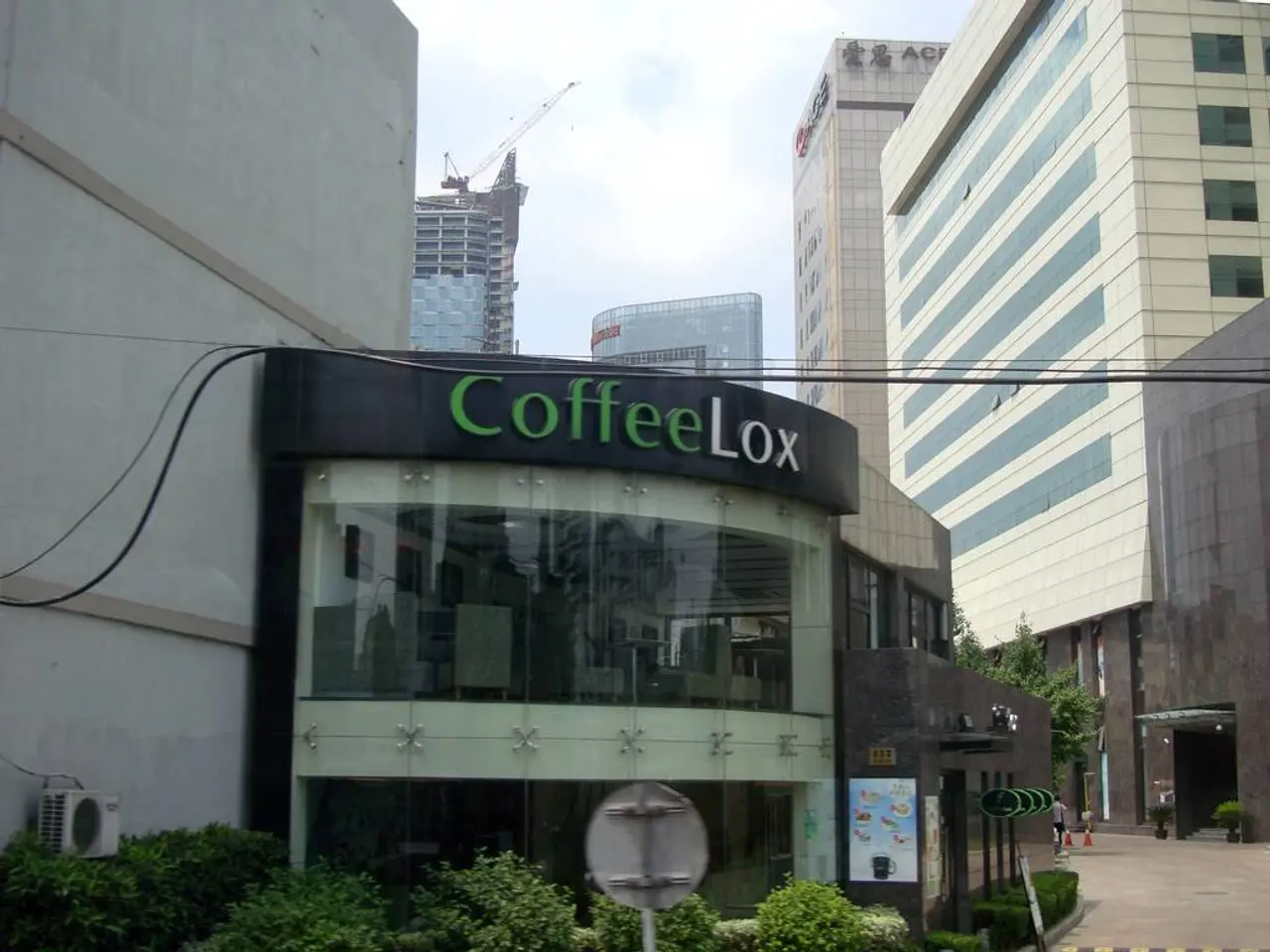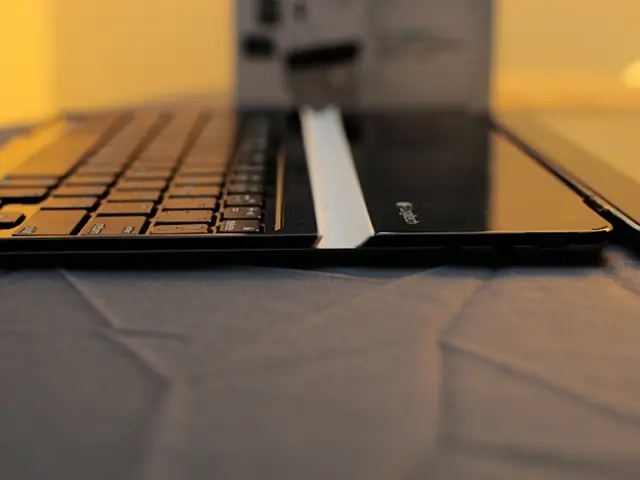A New Leaf: The Successful Installation of a Computer-Controlled Irrigation System at the Administration Building in Glehn
Administrative structures in Korschenbroich decked with greenery
In spring 2024, the administration building on Wankelstraße in Glehn received a stunning makeover, with a new facade adorned with climbing plants. The project, funded by state funds, was completed with the installation of a computer-controlled irrigation system in the basement.
The system, which waters the plants twice daily for ten minutes via drip lines and supplies them with fertilizer, was designed to ensure the plants receive consistent and optimal irrigation. Firmly anchored planting pockets were filled with site-appropriate plants, including mostly evergreen varieties such as ivy, purple bellflower, and cat's foot.
Since their installation, the plants have developed beautifully, attracting many glances from passersby and even prompting inquiries from other municipalities. The new facade, complete with climbing plants, has become a source of pride for the employees of the administration building.
The computer-controlled irrigation system offers several benefits. It promotes efficiency and water conservation by delivering precise amounts of water based on environmental conditions, reducing waste and conserving resources. The automated system also ensures healthier plants and improved aesthetic appeal, as well as saving time and labor for maintenance staff.
While the system requires a higher upfront cost compared to traditional systems, its benefits outweigh the initial investment. It also includes sensors that monitor soil moisture, temperature, and other factors, allowing for real-time adjustments to improve plant care.
However, the system does come with challenges. Its setup and maintenance require specialized knowledge, and it depends on a consistent power supply and functioning sensors for its effectiveness. Integration with existing systems can also pose challenges, and while the system aims to conserve water, it may require additional energy for operation, which needs to be balanced within overall sustainability goals.
Despite these challenges, the administration building's experience with the computer-controlled irrigation system has been largely successful. During the first maintenance cycle, approximately 15 percent of the plants had to be replaced, but since then, all the plants on the new facade have thrived.
In conclusion, the installation of a computer-controlled irrigation system for facade plants in public buildings can offer numerous benefits, including efficiency, water conservation, increased plant health, time and labor savings, enhanced curb appeal, and data monitoring and adjustments. While challenges such as initial cost, complex setup and maintenance, dependence on technology, integration with existing systems, and environmental impact should be carefully considered, the success of the administration building's new facade in Glehn serves as a testament to the potential of these systems for improving the aesthetic appeal and sustainability of public buildings.
[1] "Smart Irrigation for Green Facades: A Review." Sustainability 12, no. 11 (2020): 4644.
[2] "Green Facades: Design, Technology, and Implementation." Landscape and Urban Planning 172, no. 4 (2019): 297-306.
[3] "Green Infrastructure for Sustainable Urban Drainage Systems: A Review." Water, Air, and Soil Pollution 231, no. 6 (2018): 391-409.
[4] "Greening Facades: A Review of the State of the Art and Future Directions." Journal of Sustainable Building 2, no. 1 (2018): 1-18.
[5] "Sustainable Urban Drainage Systems: A Review of Green Roofs and Green Walls." Journal of Environmental Management 227 (2019): 25-38.








